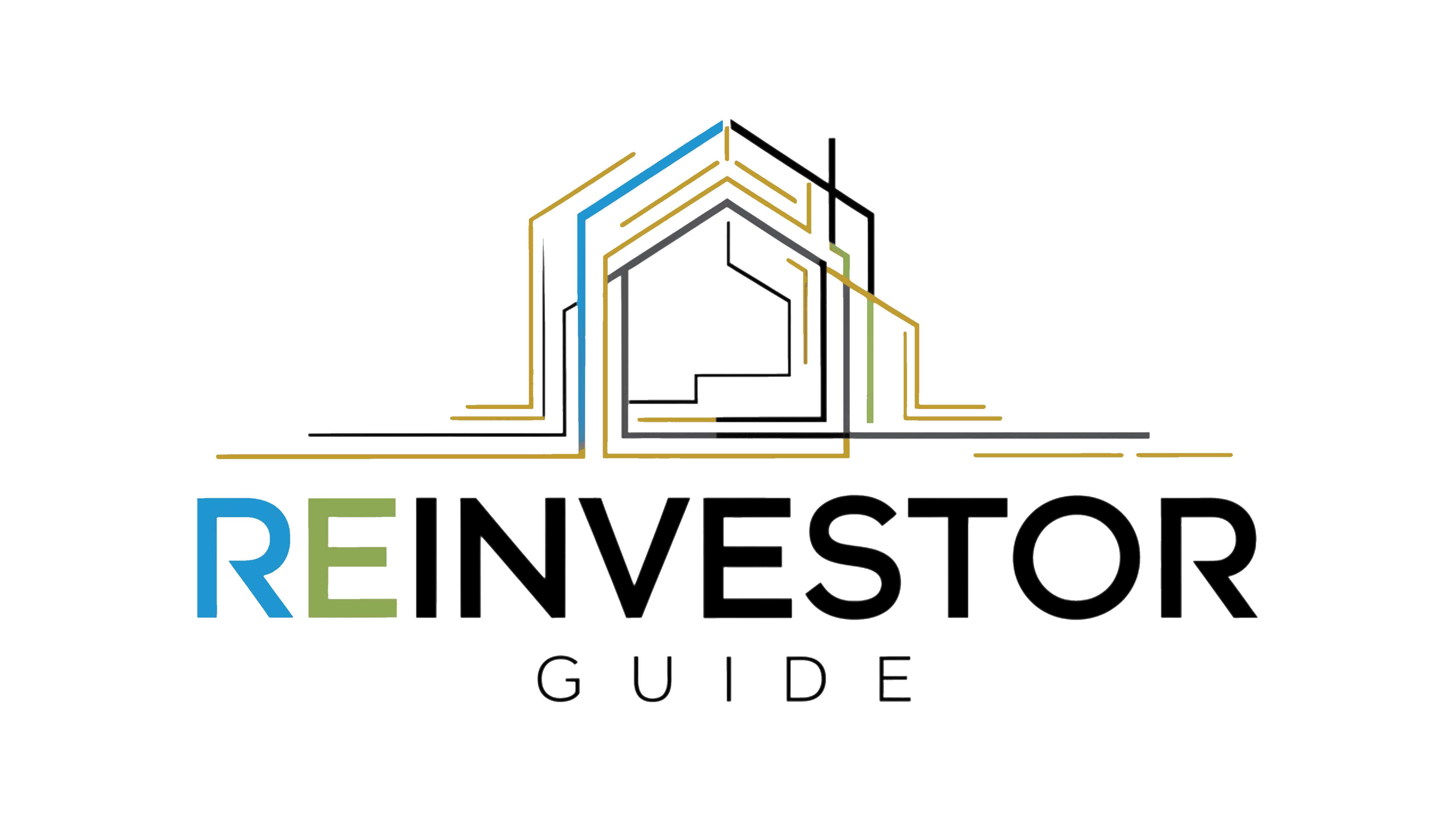You’ve finished construction. The foundation is poured, the punch list is done, and your property is market-ready.
Now comes the next crucial step: refinancing into long-term debt.
Whether you’re holding for rental income, executing a BRRRR strategy, or just paying off your short-term construction loan, refinancing is the key to unlocking equity and securing lower-cost, scalable financing.
In this guide, we’ll break down exactly how to refinance after a build, which loan options work best, and what investors need to do to ensure a smooth transition from construction to permanent financing.
Why Refinance After Construction?
Most ground-up projects are funded with short-term construction loans—which typically come with:
- Higher interest rates (7%–12%)
- Short terms (6–18 months)
- Interest-only payments
- No long-term amortization
Once your project is stabilized, you’ll want to refinance into a 30-year mortgage, DSCR loan, or another structure that lets you:
- Lower your monthly payment
- Lock in long-term rates
- Pull out equity (cash-out refinance)
- Transition from a variable or hard money loan
- Start generating long-term rental income
When Can You Refinance?
✅ After the Certificate of Occupancy (CO)
For ground-up builds, most lenders require that the property be 100% complete and legally habitable before closing on a refinance.
✅ Stabilized Rental Income (if using DSCR loan)
If refinancing into a DSCR loan, you’ll need:
- Signed lease or rental history
- Market rent comps (1007 rent schedule)
- DSCR of at least 1.20–1.25
✅ After Seasoning (Sometimes)
Some lenders may require 3–6 months of ownership or stabilization, especially for cash-out refis. Others allow a delayed financing exception right after completion.
Loan Options for Post-Construction Refinancing
🔹 1. DSCR Loans (Debt Service Coverage Ratio)
Perfect for rental investors who don’t want to verify income.
- Based on property cash flow, not personal DTI
- Available to LLCs and investors
- Great for BRRRR or build-to-rent projects
🔹 2. Conventional Loans
For primary residences or conforming investment properties.
- Lower rates, but strict DTI and income requirements
- Limited to 10 financed properties
- May not work for self-employed or LLC borrowers
🔹 3. Bank Statement Loans
Good for self-employed investors without W-2 income.
- Use 12–24 months of deposits to qualify
- Higher rates but flexible underwriting
- Available for investment properties and primary homes
🔹 4. Portfolio Loans
Ideal if you’re refinancing multiple doors at once.
- Blanket financing for 5+ units or properties
- Entity-friendly
- May include cross-collateralization
Step-by-Step Refinance Process
1. Finalize Construction
Ensure all punch list items are complete, permits closed, and the Certificate of Occupancy is issued.
2. Stabilize the Property
If holding as a rental, secure a lease or market rent appraisal to meet DSCR requirements.
3. Order an Appraisal
Lenders will want an “as-completed” or “as-is” appraisal reflecting the finished condition.
4. Gather Refinance Documents
Depending on your loan type, you may need:
- Appraisal and rent schedule
- Lease agreement (if applicable)
- Operating statement or pro forma
- Bank statements and reserve documentation
- Title and insurance
5. Close and Pay Off the Construction Loan
Funds from the new loan will be used to pay off the existing construction balance, and you’ll receive any cash-out proceeds if you qualify.
Real-World Example
Project: Mia built a duplex for $450,000 (land + build).
- ARV = $650,000
- Monthly rent: $4,200
- DSCR = 1.35
- Lender offers a DSCR refi at 75% LTV = $487,500
- Payoff of construction loan = $450,000
- Cash-out = $37,500
- Monthly P&I = $2,800 → positive cash flow begins immediately
Tips to Maximize Your Refinance Outcome
- Plan your exit from the start: Know if you’ll sell, refi, or hold before you build
- Track your rehab budget closely: Cost overruns reduce equity
- Work with a lender early: Get pre-qualified so there are no surprises
- Use an LLC-friendly structure: If you plan to refinance with DSCR or portfolio loans
- Keep solid records: Clean contractor invoices and lien waivers protect your title and improve lender confidence
Common Mistakes to Avoid
| Mistake | Why It Hurts |
| Waiting too long to start refi | Rates may rise, construction loan may expire |
| Skipping stabilization planning | DSCR lenders need rent or rent comps |
| Underestimating refinance costs | Expect appraisal, title, lender, escrow fees |
| Not comparing lenders | Rates and terms vary widely in non-QM space |
Final Thoughts
Refinancing after a build is one of the most strategic moments in your real estate investing journey. Done right, it transforms a costly short-term project into a cash-flowing, wealth-building asset.
The key is preparation: plan your exit early, align your build to your long-term goals, and work with lenders who understand investor needs.
Whether you’re executing a BRRRR, funding a rental portfolio, or flipping to hold, a smart refinance can make all the difference between a good project—and a great one.



